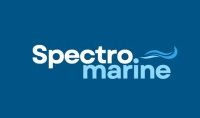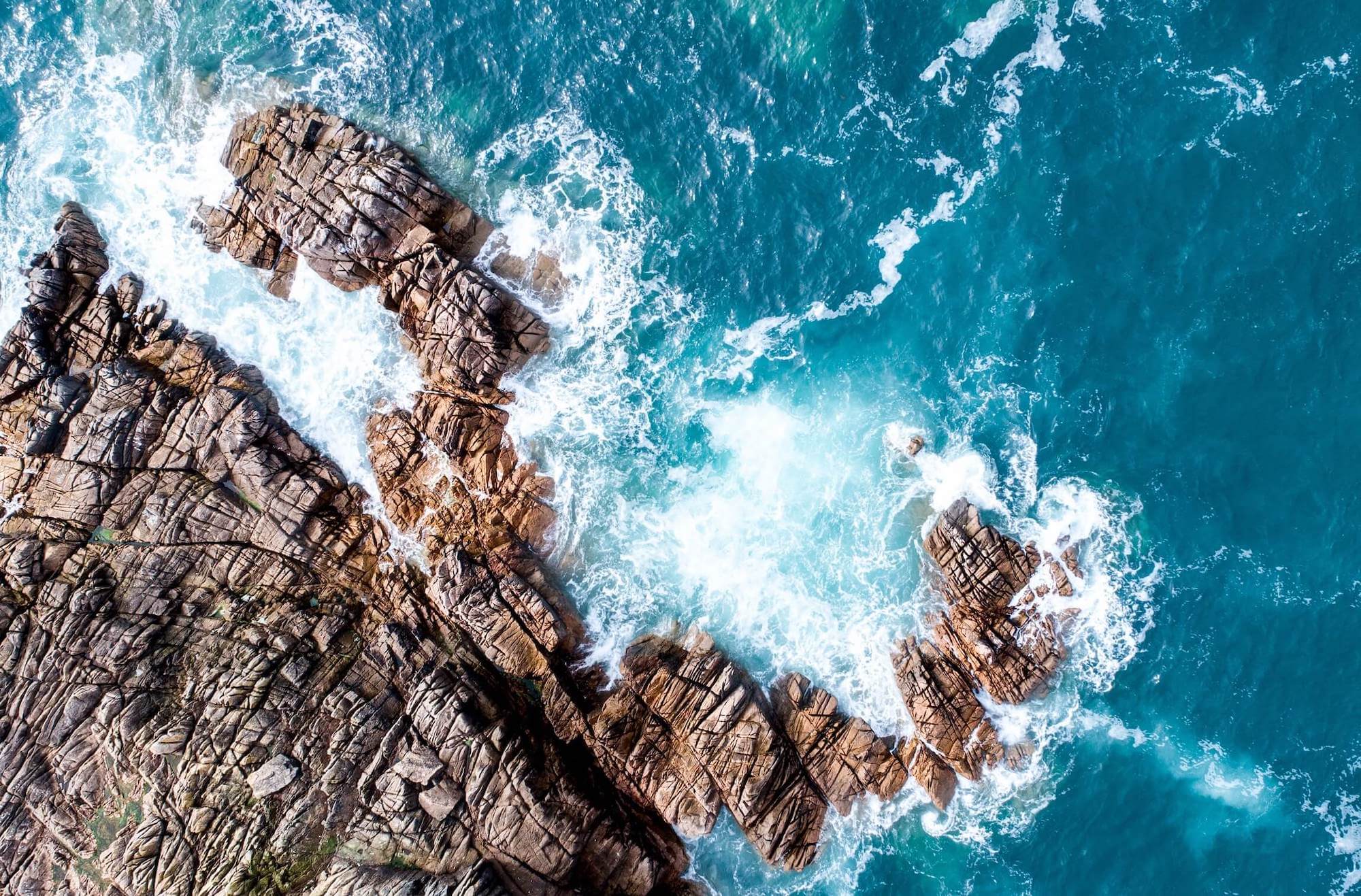Real-time water quality data with unprecedented selectivity and sensitivity
Focus on the user
- Selectivity – massive struggle for conventional sensors – solved by novel devices and analytical methods
- Precision in relative and absolute measurements
- Autonomous, maintenance free operation – ready for Industry 3.0
- Low cost of deployment and operation – true IoT device, web-interface data presentation, alerts and easy integration in existing systems


How much we measure
Measurements per day from 1 sensor
Simultaneously measurable parameters
Datasets in database already analysed
What Spectromarine sensor can measure
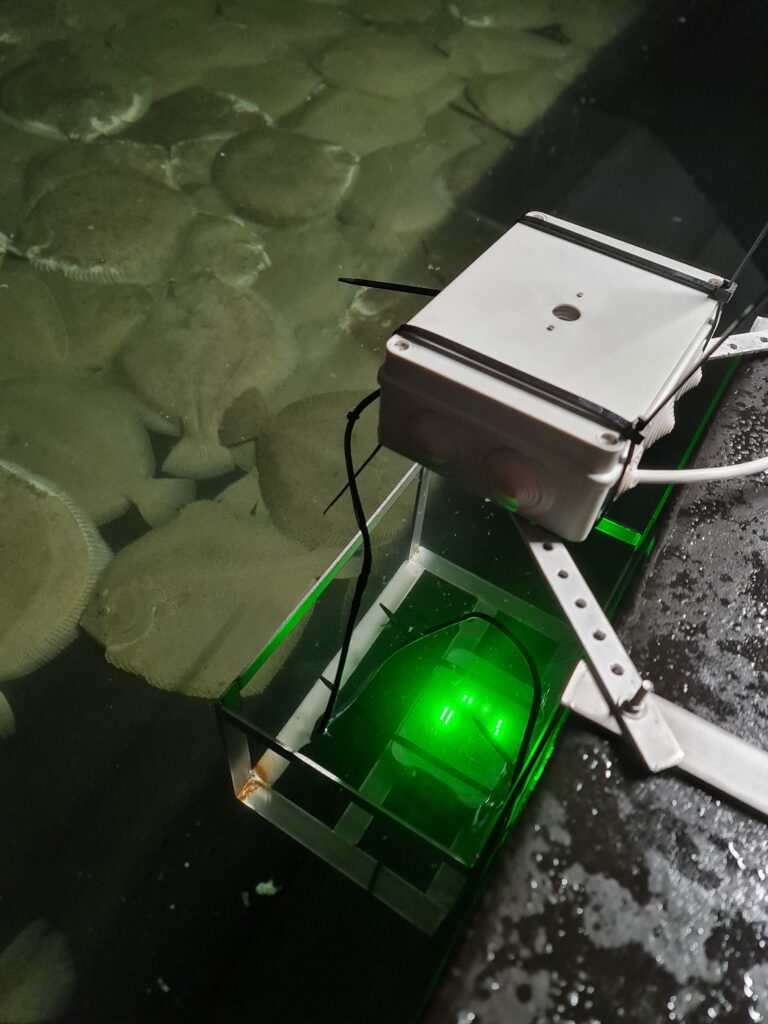
List of confirmed parameters
- Chlorophyll, Phycocyanin fluorescence and absorption
- Distinction between different Chlorophyll types and pheophytins
- Dissolved organic matter (DOM), humic substances
- Overall absorption of water using incident light
- Detection of algae growth on the surface of water
- Non-fluorescent components (sand, soil, particulates, trash)
- Presence of oils on the surface of water
- CMOS sensor for visual water inspection
List is constantly expanding – use the button below to download the latest up to date data with the full list of currently available parameters.
How we do it
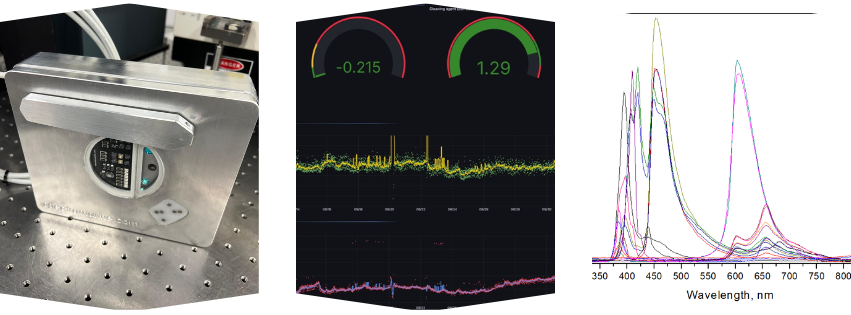
Hardware
Carefully chosen optical system combines filters, LEDs and detectors. From CAD to PCBs, optical systems, electronics and waterproof cases – all tailored get most robust and versatile operation. Full spectrum measurements with outstanding dynamic range and sensitivity, all made with different excitation wavelengths.
Software
Full automation – designed with remote operation and data collection in mind. Auto-calibration, data acquisition, data management and storage. “plug-and-play” – no need for data loggers, servers and vsualization
Database
Sensor is tested in a controlled laboratory environment – with predetermined concentrations of components (Chlorophyll, Phycocyanin, Carotenoids etc.) inside water with varying dissolved organic matter (DOM) amounts. Data from all sensors is collected with blocks of metadata for ease of deployment in the future
Applications for the device
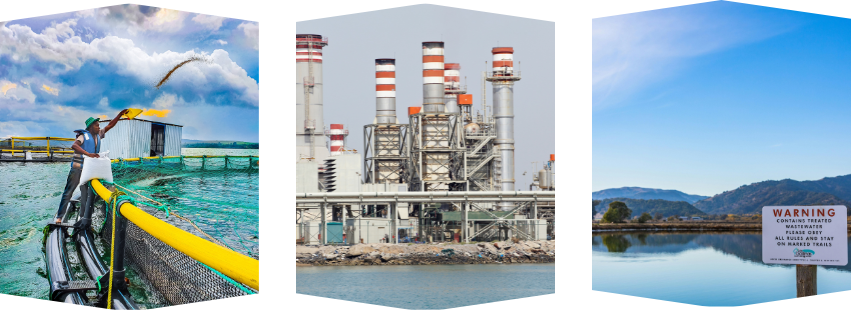
Aquaculture
Better water – better fish. The device is used to determine the quality of water near fish farms – monitoring the amount of bacteria, food and contaminants. The measurements can be used to move the farm, increase/decrease food amounts for better performance and lower the risk of stock loss due to sudden changes in water quality.
Desalination
Desalination and water filtration often requires expensive and easily damaged filters – the sensor can be inserted at the intake of filtration plants to quickly assess the quality of water before it touches the filters – preventing premature failure thus saving resources on maintenance and replacement of filters.
Environmental studies
Phytoplankton blooms can be dangerous and harmful for aquatic organisms. Moreover, with ever increasing effects of anthropogenic activity, the monitoring of sea and ocean water is of increased priority. The sensor can be used in points of interest, and separation of different chlorophyll components is crucial for the task!
Team
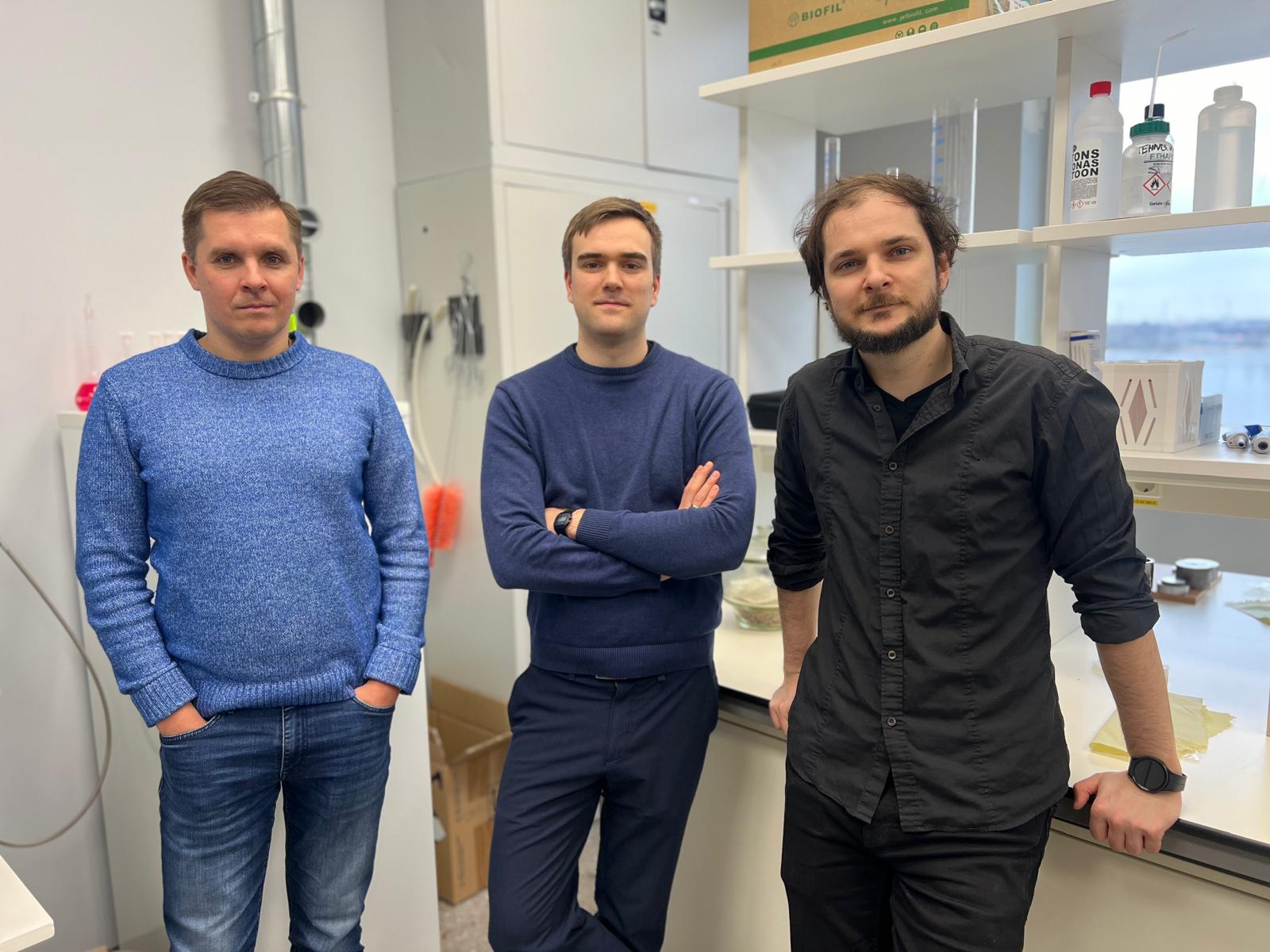
MBA Ģirts Ozoliņš (Business Leader)
More than 15 years in business development, specializing in deep-tech commercialization and startup management. Co-founded 3 companies.
Dr.phys Aleksejs Zolotarjovs (Scientific Leader)
Over 10 years in R&D of optical systems, with extensive experience in luminescence research and project leadership. Head of optical materials laboratory
PhD.phys Gatis Tunēns (Chief Engineer)
Researcher, electronics and optics engineer with over 5 years in R&D of optical systems.
We are open for collaboration! For enquiries please contact Girts Ozolins: girts.ozolins@cfi.lu.lv
Subscribe to our newsletter
Get access to updates on the development progress, acquired data and news – subscribe to our newsletter and we will regularly send you a snippet on how thins are going.
